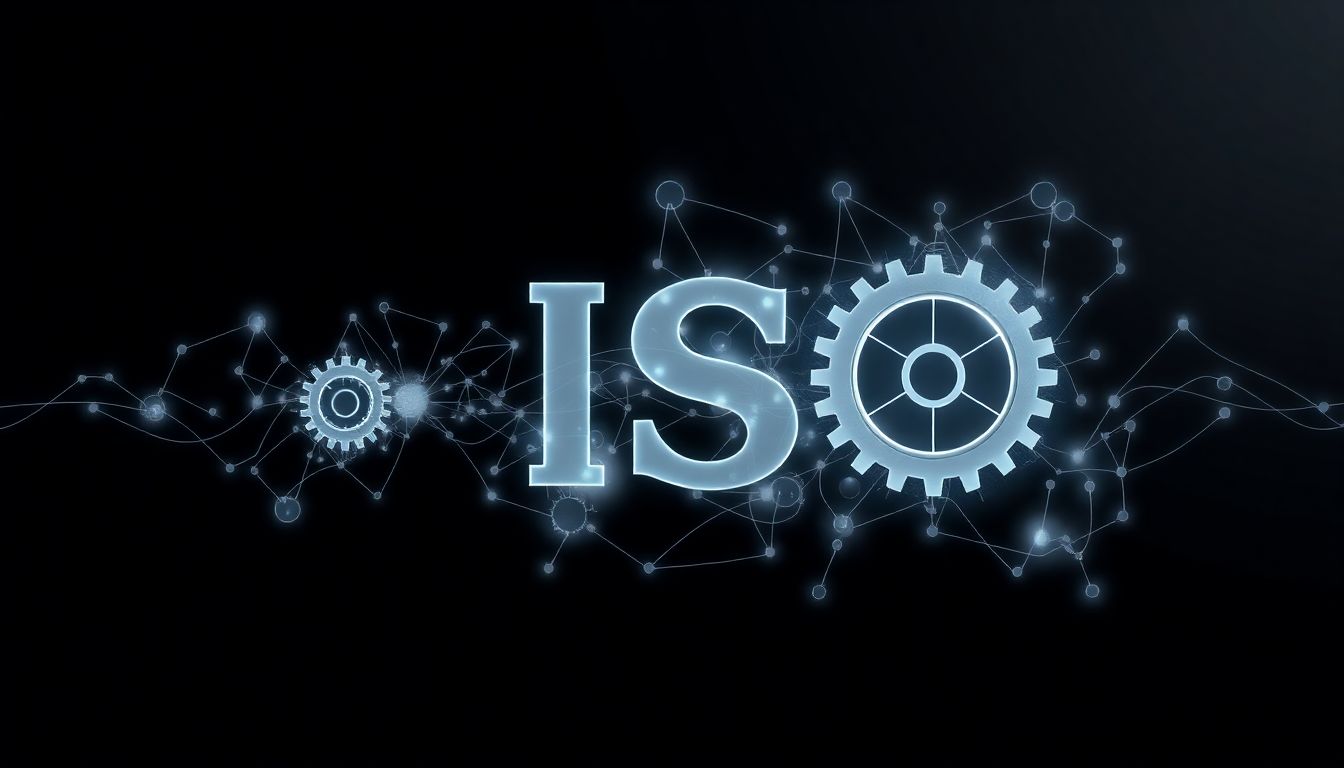
Understanding the International Organization for Standardization (ISO)
Introduction: The Global Impact of ISO Standards
Standardization plays a vital role in today’s interconnected world. The International Organization for Standardization (ISO) is at the forefront of this movement, influencing industries across the globe. By promoting best practices, ISO helps businesses improve quality, safety, and efficiency.
The Importance of Global Standardization
With globalization, businesses face challenges that span borders. Global standardization ensures that products and services meet consistent benchmarks. This consistency benefits consumers and companies alike by:
- Enhancing product safety
- Simplifying international trade
- Boosting market access
ISO's Role in Facilitating Global Trade and Collaboration
ISO acts as a bridge between different economies and cultures. It provides a framework that encourages collaboration and trust. These standards help companies:
- Understand international requirements
- Reduce barriers to entry in foreign markets
- Facilitate smoother transactions
Setting the Stage: What to Expect from this Guide
This guide will explore ISO's history, key standards, benefits, and future direction. By the end, you’ll see how ISO standards can enhance your business strategies.
The History and Evolution of ISO
From Post-War Collaboration to Global Influence
ISO began in 1947 as nations sought unity after World War II. These early efforts aimed to promote peace through trade. Over time, it evolved into a key player in international standards.
Key Milestones and Expansion of ISO's Reach
ISO has grown significantly since its inception. Major milestones include:
- The launch of ISO 9001 in 1987, focusing on quality management
- Expanding to over 23,000 standards today across various sectors
The Structure and Governance of ISO
ISO operates through member organizations from 165 countries. Each member contributes to the development of standards.
- The General Assembly is the governing body.
- Technical committees develop standards in specific areas.
Key ISO Standards and Their Applications
ISO 9001: Quality Management Systems
ISO 9001 is central to quality assurance. It helps organizations meet customer and regulatory requirements.
Benefits of ISO 9001 Certification
- Increased customer satisfaction
- Improved process management
- Enhanced credibility in the market
Case Study: Successful ISO 9001 Implementation
A mid-sized manufacturer adopted ISO 9001 and saw a 30% increase in customer satisfaction. Streamlined processes reduced production costs, boosting profits.
ISO 14001: Environmental Management Systems
ISO 14001 focuses on effective environmental management. It helps organizations minimize their ecological footprint.
Environmental Impact of ISO 14001 Adoption
By following ISO 14001, companies can:
- Reduce waste
- Lower energy consumption
- Improve compliance with environmental regulations
Real-World Example: Company Reducing Carbon Footprint via ISO 14001
A large beverage company implemented ISO 14001 and cut its carbon emissions by 20%. This move not only helped the environment but also saved costs.
The Benefits of ISO Certification for Businesses
Enhanced Credibility and Market Advantage
Certification boosts reputation. Customers often prefer certified companies due to perceived reliability.
Improved Operational Efficiency and Productivity
ISO standards encourage organizations to streamline processes. This leads to:
- Reduced waste
- Shorter production times
- Less downtime
Risk Mitigation and Compliance
ISO standards help companies identify and manage risks. Staying compliant with regulations becomes easier, safeguarding organizational integrity.
Access to New Markets and Opportunities
With ISO certification, businesses can enter new markets. It opens doors to international clients and larger contracts.
Implementing and Maintaining ISO Standards
Step-by-Step Guide to ISO Certification
- Identify relevant ISO standards.
- Conduct a gap analysis.
- Develop and implement processes.
- Train employees.
- Conduct internal audits.
- Seek certification from an accredited body.
Choosing the Right ISO Standard for Your Business
Select a standard that aligns with your goals. Consider:
- Industry needs
- Customer requirements
- Regulatory demands
Ongoing Maintenance and Continuous Improvement
ISO certification is not a one-time effort. Continuously monitor processes, conduct regular audits, and improve systems to maintain compliance.
The Future of ISO and its Role in a Changing World
Adapting to Emerging Technologies and Challenges
ISO is evolving with technology. New standards will address challenges from advancements like AI and cybersecurity.
Sustainability and the Future of Standardization
As the world emphasizes sustainability, ISO is focusing on environmental standards. This ensures businesses operate responsibly for a better future.
The Expanding Influence of ISO Standards
The role of ISO will only grow. As businesses face new global challenges, ISO standards will help navigate ethical, social, and environmental responsibilities.
Conclusion: Embracing the Power of ISO Standards
ISO standards are vital for businesses looking for consistency and quality. They provide numerous benefits, from enhanced credibility to improved operational efficiency.
Key Takeaways: Benefits of ISO Certification
- Boosts customer confidence
- Enhances operational processes
- Opens new market opportunities
Call to Action: Explore ISO Standards for Your Business
Explore how ISO standards can elevate your business today. Consider which standards align with your goals and stay ahead of the competition.
Resources for Further Learning
Delve deeper into ISO standards by visiting ISO’s official website or industry-specific resources. Engage with guidelines, case studies, and further reading to expand your understanding.